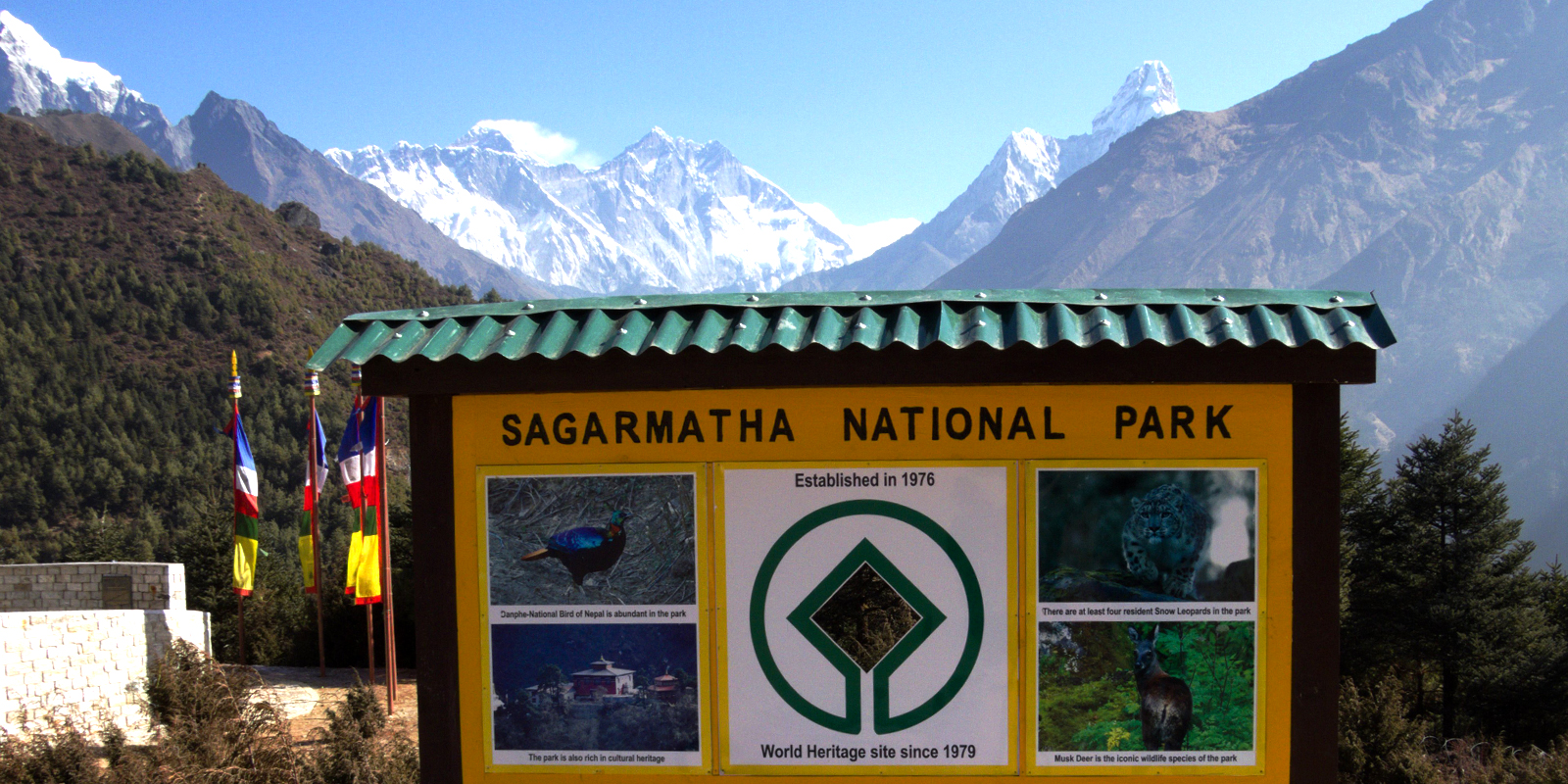Sagarmatha National Park: A Paradise for Ecotourism
Nestled in the pristine eastern region of Nepal, Sagarmatha National Park is a hidden gem waiting to be explored by ecotourism enthusiasts. Established in 1992, the park encompasses an area of 1,500 square kilometers and is renowned for its breathtaking landscapes, rich biodiversity, and unique cultural heritage. This national park, often overshadowed by its more famous neighbor, Sagarmatha National Park, offers an unspoiled wilderness that promises a truly immersive experience for nature lovers and adventure seekers alike.
Sagarmatha National Park: A Paradise for Ecotourism
Sagarmatha National Park is a biodiversity hotspot, home to an array of flora and fauna. The park’s varied altitude, ranging from 435 meters to 8,846 meters, creates diverse habitats that support numerous species. Visitors can encounter rare and endangered wildlife, including the red panda, snow leopard, Himalayan black bear, and clouded leopard. Birdwatchers will be delighted to find over 400 bird species, such as the Impeyan pheasant, rufous-vented tit, and spotted laughingthrush.
The park’s lush vegetation comprises subtropical forests, temperate forests, and alpine meadows. Rhododendron, oak, and pine forests dominate the lower regions, while higher altitudes are adorned with juniper and alpine shrubs. During spring, the park transforms into a vibrant tapestry of blooming flowers, offering a visual feast for visitors.
Trekking and Adventure Activities: A Haven for Thrill-Seekers
Sagarmatha National Park offers a plethora of trekking routes and adventure activities for thrill-seekers. The Makalu Base Camp Trek is one of the most popular trails, leading trekkers through picturesque villages, dense forests, and high-altitude terrains to the base of the world’s fifth-highest peak, Mount Makalu. This challenging trek provides an opportunity to witness panoramic views of the Himalayan range, including Everest, Lhotse, and Kanchenjunga.
For those seeking a more leisurely experience, the Arun Valley Trek offers a less strenuous yet equally rewarding journey. This trek takes visitors through terraced fields, charming settlements, and serene landscapes, providing a glimpse into the local culture and traditions.
In addition to trekking, the park is an excellent destination for mountaineering, rock climbing, and wildlife photography. The region’s rugged terrain and untouched natural beauty make it a perfect playground for adventure enthusiasts.
Cultural Heritage: Immersing in Local Traditions
Sagarmatha National Park is not only a haven for natural beauty but also a repository of rich cultural heritage. The park is inhabited by diverse ethnic communities, including the Sherpas, Rai, and Limbu. Visitors can experience the warm hospitality of the local people and learn about their unique traditions, customs, and way of life.
The park is dotted with ancient monasteries, stupas, and chortens, reflecting the deep-rooted spiritual beliefs of the local communities. Participating in local festivals, such as Mani Rimdu and Losar, provides a fascinating insight into the vibrant cultural tapestry of the region.
Conservation Efforts: Preserving Nature’s Bounty
Sagarmatha National Park is committed to conservation and sustainable tourism practices. The park’s management, in collaboration with local communities and conservation organizations, works tirelessly to protect the region’s biodiversity and cultural heritage. Efforts include anti-poaching patrols, habitat restoration, and environmental education programs.
Visitors are encouraged to adhere to responsible tourism practices, such as minimizing waste, respecting wildlife, and supporting local businesses. By doing so, tourists can contribute to the preservation of this pristine wilderness for future generations to enjoy.
Plan Your Visit: Practical Information
Access to Sagarmatha National Park is typically via flights from Kathmandu to Tumlingtar, followed by a trek or drive to the park’s entry points. The best time to visit is during the spring (March to May) and autumn (September to November) seasons when the weather is favorable, and the landscapes are at their most picturesque.
Accommodations range from basic teahouses and lodges to camping facilities, catering to different preferences and budgets. It’s advisable to book in advance, especially during peak trekking seasons, to ensure a comfortable stay.
An Unforgettable Ecotourism Experience
Sagarmatha National Park offers an unparalleled ecotourism experience, blending stunning natural beauty, thrilling adventure activities, and rich cultural heritage. Whether you are a nature enthusiast, a trekker, or a cultural explorer, this national park promises an unforgettable journey into one of Nepal’s most enchanting regions. Plan your visit today and discover the untamed beauty of Sagarmatha National Park.






